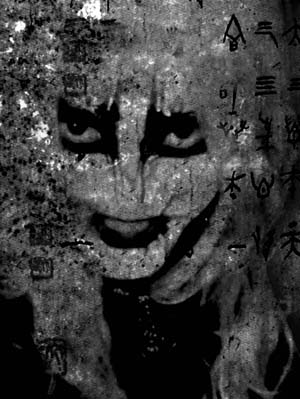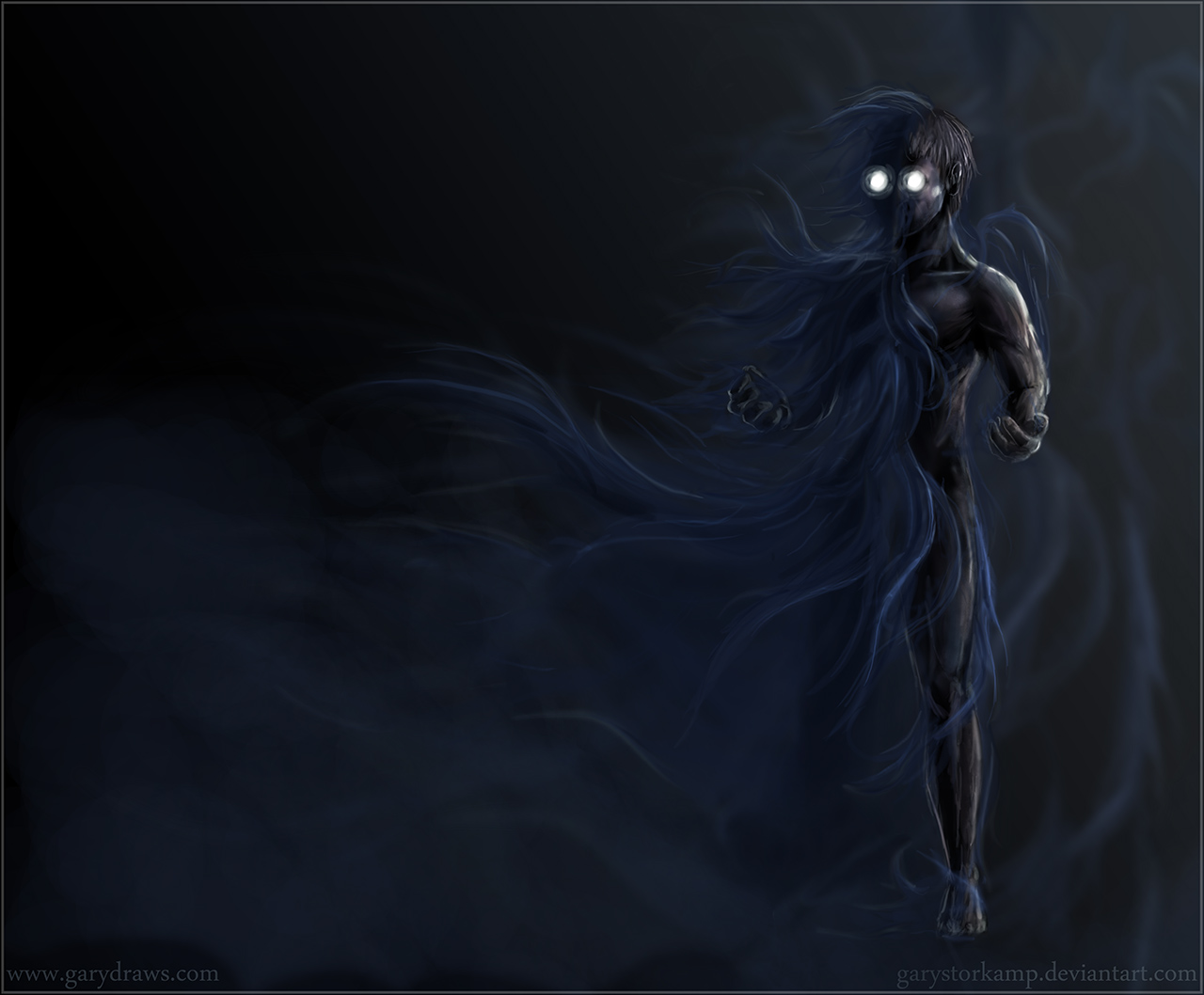

The Apparition stands apart from biblical and historic paintings of the period, incorporating elements of style which would become significant for the aesthetic and symbolist movement, while also anteceding surrealism. "The dreadful head glows eerily, bleeding all the while, so that clots of dark red form at the ends of hair and beard." (Joris-Karl Huysmans, À Rebours, Chap. It is currently housed in the Musée d'Orsay. The following year Gauchez sent it to be exhibited at London's Grosvenor Gallery where it hung not with the aquarelles in a separate room but in the main East Gallery with the oil paintings. īelgian art dealer Léon Gauchez bought The Apparition in 1876 upon its first presentation at the Salon where it was exhibited with several other of Moreau's works. Its surreal setting and mystic air, evoked by obscure architectural and textile opulence, contrast with previous interpretations of the subject, making The Apparition a key work for the emerging symbolist movement. This deliberately confusing technique has been attributed to an alleged consumption of opium and thereby caused hallucinations, though justification of such claims was never established. Since no one, including Salome, reacts directly to the vision central to the composition, it is unclear if it is real, imagined by the princess, or a collective hallucination. The severed head recalls a Japanese print copied by Moreau at the Palais de l'Industrie in 1869, as well as the severed head of Medusa as held by Benvenuto Cellini's bronze Perseus with the head of Medusa in Florence ( Loggia dei Lanzi). They face the foreground events seemingly lit by John's halo and its reflections on Salome's costume.

Seated in ascending position on Salome's side are a lutanist, Herodias and Herod Antipas. At the back in the half-light stands the executioner with his sword, at his feet the silver charger. Īgainst the backdrop of a lavishly decorated palace inspired by the Alhambra Salome stands out in an array of bejeweled veils, her body facing the viewer, her left arm pointing up in the air to John the Baptist's hovering head, enclosed by a halo. It has since made a lasting impression on various artists, notably from the Decadent movement. Upon its first presentation 1876 in Salon (French: Salon de Paris), the painting caused a sensation.
#Oswan apparition series#
Part of a series of at least 8 closely resembling paintings and more than 40 sketch drawings, it is regarded as a key work of Moreau's opus, symbolism and fin de siècle art in general.

Moreau approached the biblical theme in 19 paintings, 6 watercolors and more than 150 drawings. John the Baptist is beheaded, his head brought on a charger and given to Salome, who in turn gives it to her mother. Regretful but compelled to keep his word in front of everyone present, Herod complies with Salome's demand.

Incited by her mother Herodias, who was reproved by the John the Baptist for her illegitimate marriage to Herod, Salome demands John's head on a charger. This pleased him so much he promises her anything she wished for. On a feast held for Herod Antipas' birthday, the princess Salome dances in front of the king and his guests. The 106 cm high and 72,2 cm wide watercolor held by the Musée d'Orsay in Paris elaborates on an episode told in the Gospel of Matthew 14:6–11 and Mark 6:21–29. It shows the biblical character of Salome dancing in front of Herod Antipas with a vision of John the Baptist's severed head. The Apparition(French: L'Apparition) is a painting by French artist Gustave Moreau, painted between 18.


 0 kommentar(er)
0 kommentar(er)
